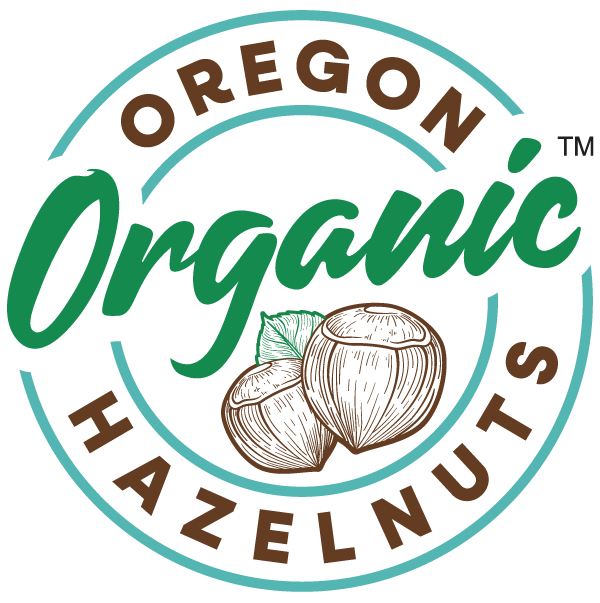Organic, Sustainable & ReGen.
What do they mean?
These terms are often loosely used and can be confusing. Let’s break down the differences between Organic, Sustainable, and Regenerative (ReGen) agriculture.
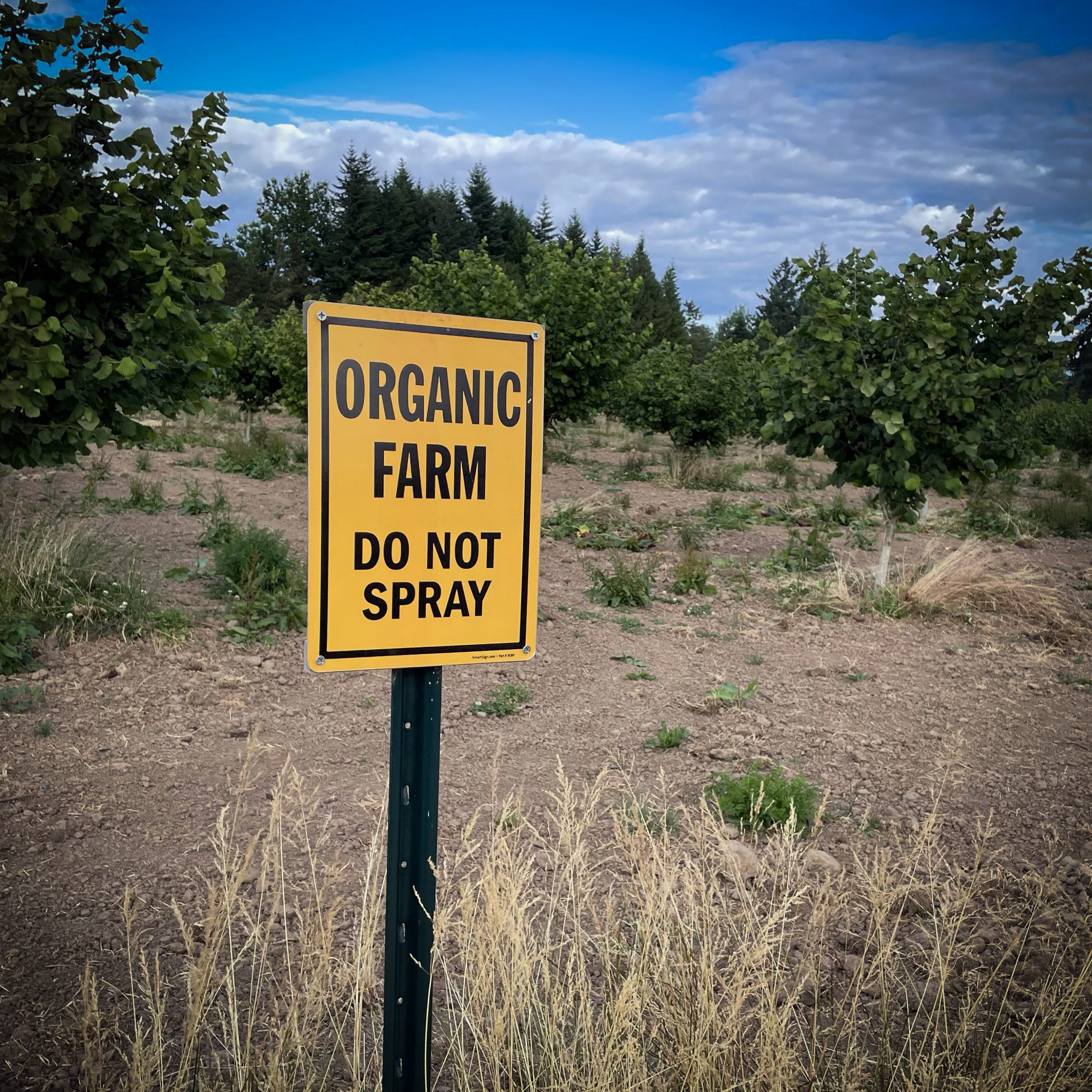
Organic Agriculture
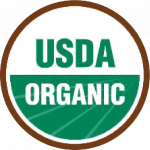 Practice: Organic farming prohibits the use of synthetic fertilizers, pesticides, and genetically modified organisms (GMOs). Instead, it relies on natural methods like cover cropping, crop rotation, composting, and biological pest control.
Practice: Organic farming prohibits the use of synthetic fertilizers, pesticides, and genetically modified organisms (GMOs). Instead, it relies on natural methods like cover cropping, crop rotation, composting, and biological pest control.
Certification: Products labeled as “organic” must meet strict standards set by organizations like the United States Department of Agriculture (USDA). This certification ensures that the food is produced without synthetic chemicals. There is no such certification for “sustainable” or “ReGen” products.
Legally enforced: Falsely labeling products as “Certified Organic” is a serious violation of USDA organic regulations. The penalties can be quite severe, including financial penalties and legal action.
Focus: The primary goal is to minimize harm to the environment and human health and promote ecological balance.
Sustainable Agriculture
Practices: Sustainable farming aims to meet current food needs without compromising future generations’ ability to do the same. It includes practices like water conservation, reducing chemical inputs, and promoting biodiversity.
Flexibility: Sustainable agriculture can include both organic and conventional (nonorganic) methods.
Enforceability: There is no accountability legal usage for the word sustainable.
Focus: The focus is on long-term environmental health and resource conservation.
Regenerative Agriculture (ReGen)
Practices: Regenerative farming goes beyond sustainability by actively improving the land. It includes practices like cover cropping, no-till farming, and rotational grazing to restore soil health and increase biodiversity.
Benefits: This approach can sequester carbon, improve soil fertility, and enhance ecosystem services.
Enforceability: There is no accountability legal usage for the word regenerative.
Focus: The goal is to regenerate and revitalize the land, making it more resilient and productive.
In summary, while all three approaches aim to promote environmental health, organic farming focuses on avoiding synthetic chemicals, sustainable agriculture emphasizes long-term resource management, and regenerative agriculture seeks to actively improve and restore the land. Most of the leaders in sustainable and regenerative agriculture movements rely on organic production methods.
Highest Organic Standards
According to USDA, when something is labeled as “the highest organic standards,” it means that the product has at least 95 percent certified organic content.
The product has been produced according to strict guidelines aimed at promoting ecological balance, conserving biodiversity, and avoiding the use of synthetic fertilizers, pesticides, and GMOs (genetically modified organisms).
For example, in the United States, products that are certified organic by the USDA must adhere to the standards set by the National Organic Program (NOP). These standards ensure that organic farming and production practices maintain and improve soil and water quality, reduce pollution, and provide healthy livestock habitats.
It means the product is produced with an elevated level of environmental stewardship and attention to natural processes.

Soil & Ecological Health
Organic farming benefits soil and ecological health in several ways:
Soil Fertility: By using living roots, natural compost, organic matter, animals, and green manure, organic farming enriches soil fertility. This improves soil structure, increases its ability to retain water, and enhances nutrient content and plant uptake.
Biodiversity: Organic farms often feature a diverse range of plant life, which promotes biodiversity. This variety of plants can attract beneficial insects and wildlife, while providing habitat for beneficial bacteria and fungi, leading to a more balanced ecosystem.
Reduced Pollution: Organic farming avoids synthetic pesticides and fertilizers, which can contaminate water sources and harm aquatic life. This helps maintain cleaner rivers, lakes, and groundwater.
Carbon Sequestration: Organic practices, such as cover cropping and reduced tillage, can help sequester carbon in the soil. This reduces the amount of carbon dioxide in the atmosphere and may help mitigate aspects of climate change.
Healthy Soil Microbiome: By avoiding chemical inputs, organic farming supports a healthy community of soil microorganisms. These microorganisms play a crucial role in nutrient cycling and plant health.
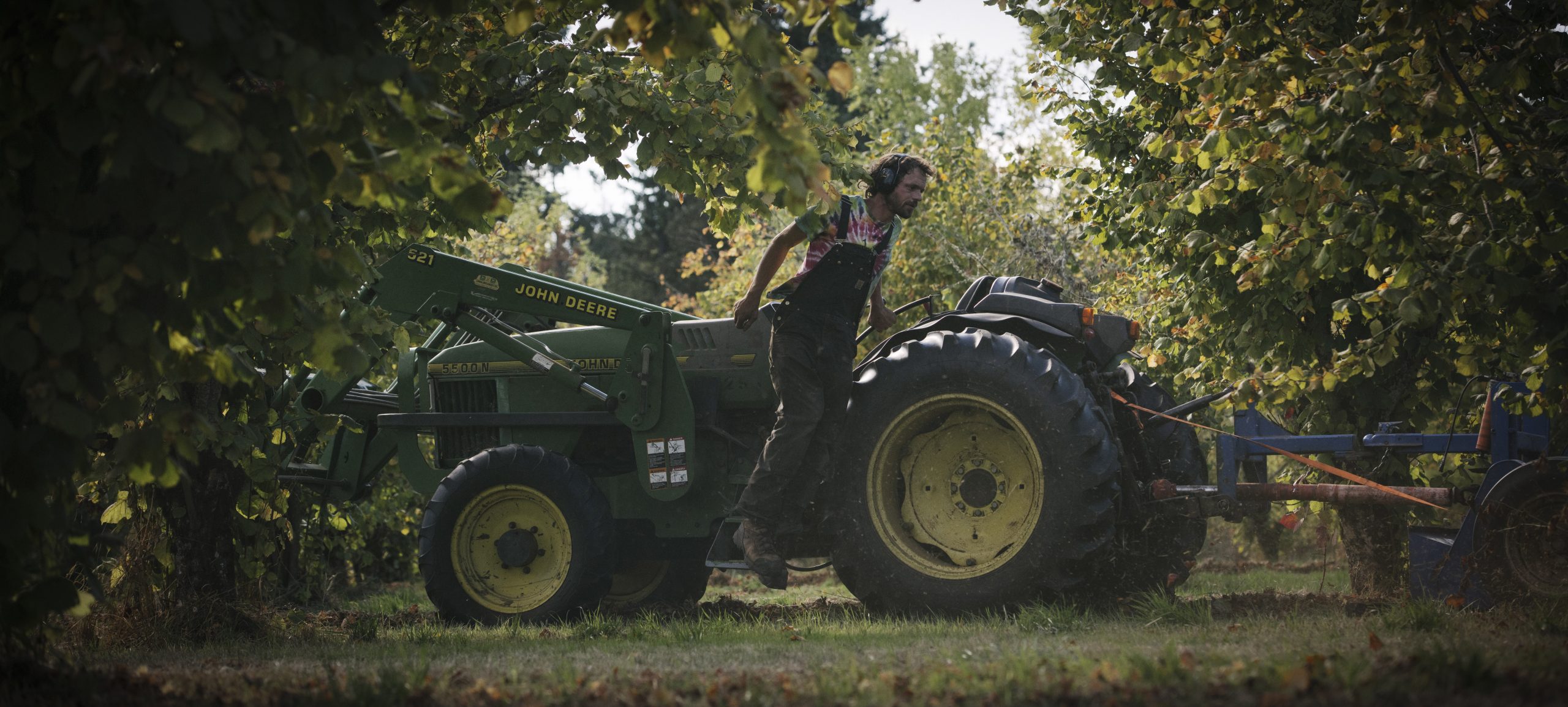
Fair Labor Practices
The work environment on an organic farm avoids toxic chemical inputs, keeping farm workers safer.
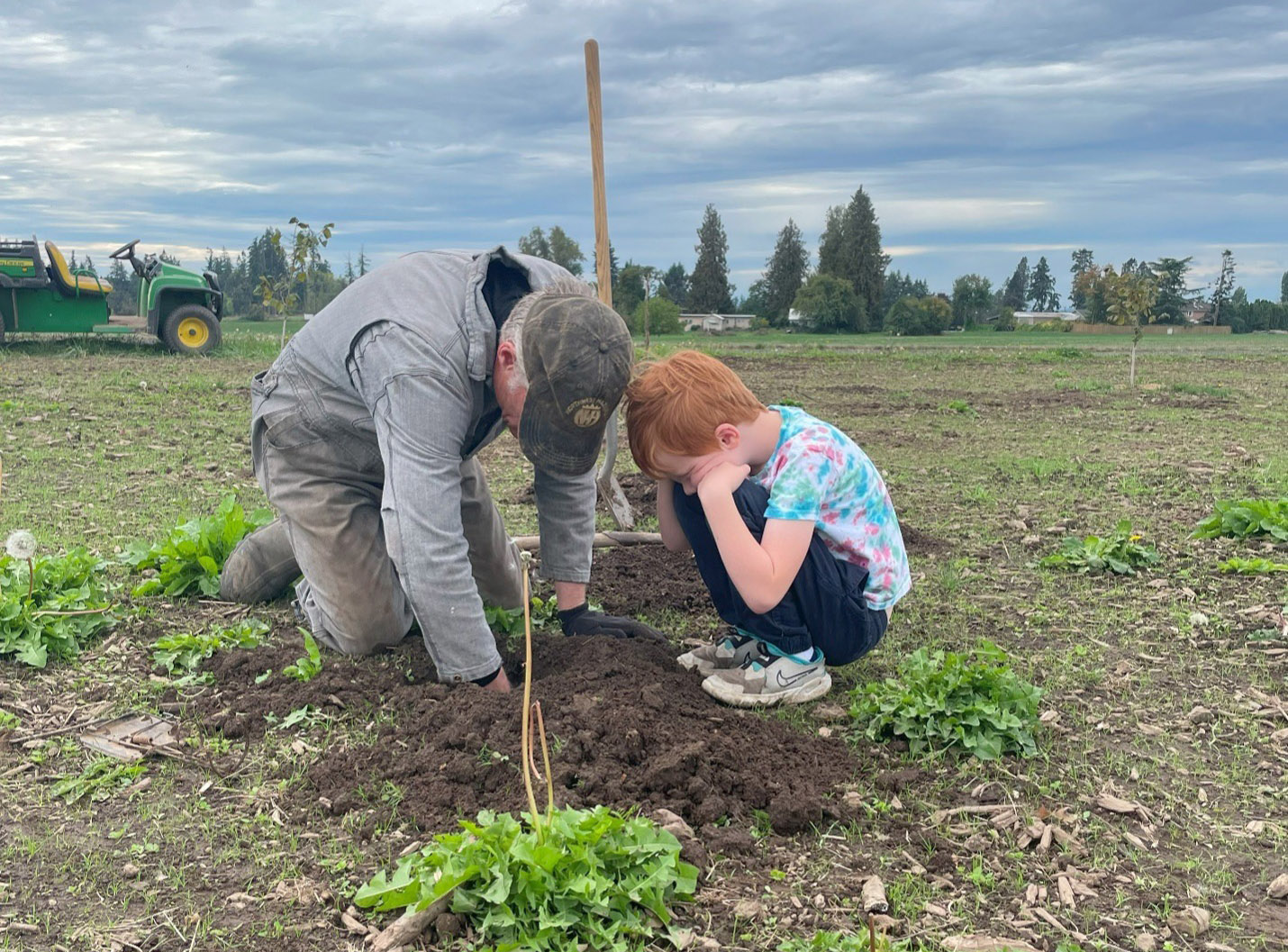
Farming for Future Generations
Oregon’s organic hazelnut growers are committed to sustainable farming practices to ensure a healthy future for both their farms and the environment. Here are some key examples of how they are doing this:
Organic Farming Practices: By avoiding synthetic pesticides and fertilizers, organic growers protect soil health and biodiversity.
Soil Conservation: Techniques like cover cropping and reduced tillage help maintain soil structure and fertility.
Water Management: Efficient irrigation systems and water conservation practices ensure that water resources are used responsibly. Many organic hazelnut growers in Oregon are “dry farming,” meaning they rely entirely on the moisture present in the soil from natural rainfall (see “About Dry Farming”). To get a new orchard off to a healthy start, many growers will only irrigate for the first few years to establish a robust root system.
Integrated Pest Management (IPM): This approach uses natural predators and other biological methods to control pests, reducing the need for chemical interventions.
Community and Education: Organizations like the Oregon Organic Hazelnut Collective provide resources, education, and support to help farmers adopt and maintain sustainable practices.
These efforts not only contribute to a healthier environment but also ensure that hazelnut farming remains viable for future generations.
Social and Environmental Justice
By addressing both social and environmental issues, organic farming contributes to a more just and sustainable world.
Social Justice
Empowering Small Farmers: Organic farming often supports small-scale farmers by providing them with fair prices for their produce. This helps to reduce poverty and improve the livelihoods of farming communities.
Health Benefits: By avoiding harmful pesticides and fertilizers, organic farming reduces the exposure of farm workers and consumers to harmful chemicals, promoting better health and well-being.
Community Building: Organic hazelnuts are often found at farmer’s markets, where consumers directly support local growers. This fosters stronger community ties and ensures that local economies thrive.
Environmental Justice
Reducing Greenhouse Gas Emissions: Organic farming practices, such as cover cropping, and reduced tillage, help to sequester carbon in the soil and reduce greenhouse gas emissions.
Biodiversity Conservation: Organic farms tend to have higher biodiversity, which enhances ecosystem resilience and helps to mitigate the impacts of climate change.
Sustainable Resource Use: Organic farming promotes the sustainable use of natural resources, such as water and soil, by avoiding harmful inputs and focusing on regenerative practices.
